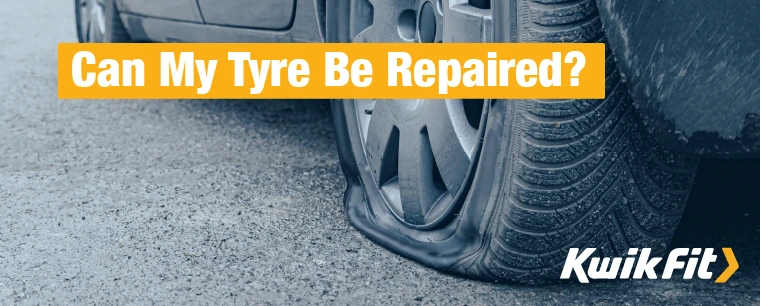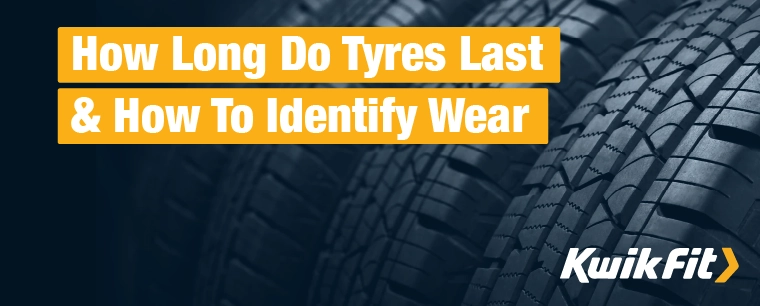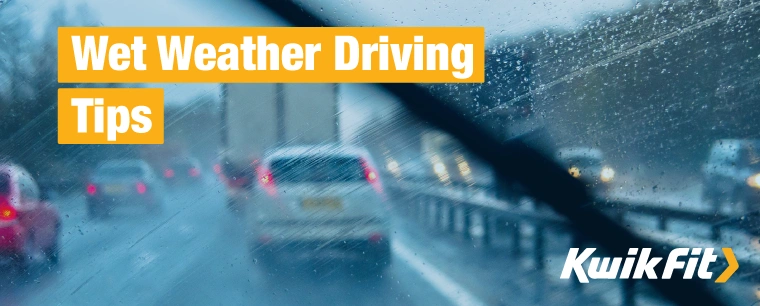11 Ways To Upgrade Your Car’s Security
Bradley Jando | Wednesday 10th February 2021 9:24am

Many people assume that their car’s factory security will keep it safe, or that a theft will ‘never happen to them’. While a theft may never happen to you, that’s a large risk to take.
The safer option? Don’t take that risk.
The problem is that security is a sizable issue with many considerations, so we’ve put together the best tips for upgrading your car’s security. Any one of these will significantly reduce the risk of your car getting stolen, but link a few together and you’re far more likely to be able to rest easily.
A good quality tracking device
A tracking device goes a long way towards keeping your car safe. A good quality one will be able to tell you if your car is still where you left it, be easy to hide, and have a solid user interface for setting up alerts and checking status. For a full guide on what to look for with tracking devices, read our blog about them here.
Tracking devices do often require monthly subscriptions, but they could prove invaluable if they help you find the location of your stolen car.
Keep your car keys safe
Many modern vehicles now use keyless entry and start. It’s a convenience upgrade, and the convenience it provides can sometimes be outweighed by the security flaws it creates.
That’s because thieves can use things called ‘relays’ to simulate the signal from even standard wireless key fobs. If you keep your key fob near your car – such as by your front door – then a thief can use a relay between the key fob and your car in order to unlock your doors.
For keyless start vehicles, this also means that they can actually start the car and drive away.
The best way to avoid this is to use what’s called a ‘Faraday Pouch’ to block the signal from your keys. For a cheaper alternative, simply place your keys in a metal biscuit tin with a lid on!
Install a kill switch (ignition isolator)
A kill switch is a hidden switch that separates the ignition line from the fuel pump relay. There are in fact a number of different ways to wire a kill switch because its essential job is to separate a line that is crucial for your car to start. This could be the fuel pump relay, the battery line, or anything else that will stop your car starting.
They’re relatively simple to install by a professional and it means that, if well-hidden, your car won’t be stealable even if the thief has your key.
Install a good quality wheel clamp
A good quality wheel clamp will be resistant to the elements, rust-resistant, and sturdy enough to withstand a lot of force. Its job is to simply stop a wheel from turning. This makes it impossible to drive, but also makes the car very difficult to tow if a thief happens to have a towing truck.
Which wheel to clamp also makes a difference to how much anti-towing protection a clamp gives you. That’s because, short of winching the car entirely onto a trailer, it’s only really possible to tow a car from the front. The front wheels are the ones which turn, so if a car is being towed from the back then the front wheels turning cause the car to swing around.
So, if you park your car with the front facing a wall or other obstacle, and clamp a back wheel, you get twice the protection.
Steering wheel lock
A good steering wheel lock is another simple tool in the anti-theft arsenal. It’s a simple device that stops a thief being able to turn your steering wheel, so they’re not going to be able to drive away with your car if they do manage to get in.
They’re also a great visual deterrent. They show thieves that you’ve taken measures to protect your car, so they’re likely to think twice about trying to break in, too.
Aftermarket door locks
This is more a point for owners of vans, but the doors are surprisingly easy to open with a good-sized pry-bar. Aftermarket locks are bolted through the door and provide a strong point that should keep your doors closed. There’s still the option to “peel and steel” (thieves break one of the locks on the van door and fold the door in order to gain access) if incorrectly placed. However, a well-placed lock – and even multiple locks – is going to keep your van and its contents safe.
Particularly if you have an old vehicle, it may be worth considering an aftermarket lock too.
Hide your valuables
This may seem obvious, but if you don’t have anything that looks valuable on display in your vehicle, then a thief is less likely to want to break in. Hiding your valuables (or, better yet, removing your valuables) as well as making use of some anti-theft devices means that a thief is likely to just move onto an easier car to steal.
A dash cam that doubles as a security camera
You can actually get dash cams that record motion between set hours. Dash cams are useful for capturing things such as road accidents, but a dash cam with integrated side and rear cameras may also come in handy if someone’s trying to steal your vehicle.
These, combined with alarms, can be enough of a deterrent to stop thieves attempting to steal your car.
VIN etching
A VIN is a Vehicle Identification Number – it’s a unique number assigned to each car that’s used to track things like manufacturing date and factory location. Now, most thieves who steal cars do so in order to break them down and sell the parts. After all, with modern databases, it’s not possible to just swap the registration plate and sell the car as is.
VIN etching is the practice of chemically etching the vehicle’s VIN into the windows so that thieves can’t sell them on. They’re the most profitable part of a stolen vehicle because many other parts already carry VIN codes. Auto parts buyers will refuse to buy parts with VINs already printed. As such, these windows then become useless to the thief and reduce the stealable value of the car.
Update your car alarm
Sadly, some older vehicles may not even have alarms. In the right situation they can be a brilliant deterrent, because an alarm will keep going off until the car is turned on - or the owner unlocks the car.
A continuous alarm is constantly drawing attention to the theft as it happens. A loud alarm therefore gives a thief significantly less time to take anything or figure out a way to start your vehicle and get away with it.
Park somewhere that’s secure
This last point may seem obvious, but it’s worth mentioning that parking up the street from your house is less secure than parking on your drive – and parking on your drive is less secure than parking in your lockable garage. Making sure that there’s a safe place to leave your vehicle – one that provides multiple deterrents to potential thieves - dramatically reduces the chance of theft.
Thieves will generally scope an area, find easy targets, and go for those. If your car is parked in a well lit area, with evident security measures such as steering wheel locks or wheel clamps, then it should paint a less appealing picture to potential thieves.
Any facts, figures and prices shown in our blog articles are correct at time of publication.
Featured Articles
Can My Tyre Be Repaired?
Wednesday 22nd November 2023
It can be hard to tell if your puncture can be repaired or not. Read our handy guide to understand if your tyre can be saved or if you need a replacement.
How Long Do Tyres Last & How To Identify Wear
Wednesday 18th October 2023
Driving on old or worn tyres can be dangerous so you need to maintain them properly. Read about how long tyres should last and how to know if your tyres are old.
Wet Weather Driving Tips – Staying Safe in the Rain
Thursday 27th October 2022
Driving in the rain isn’t only a pain but can be surprisingly hazardous – here are our top tips for staying safe in wet & icy weather this winter.







